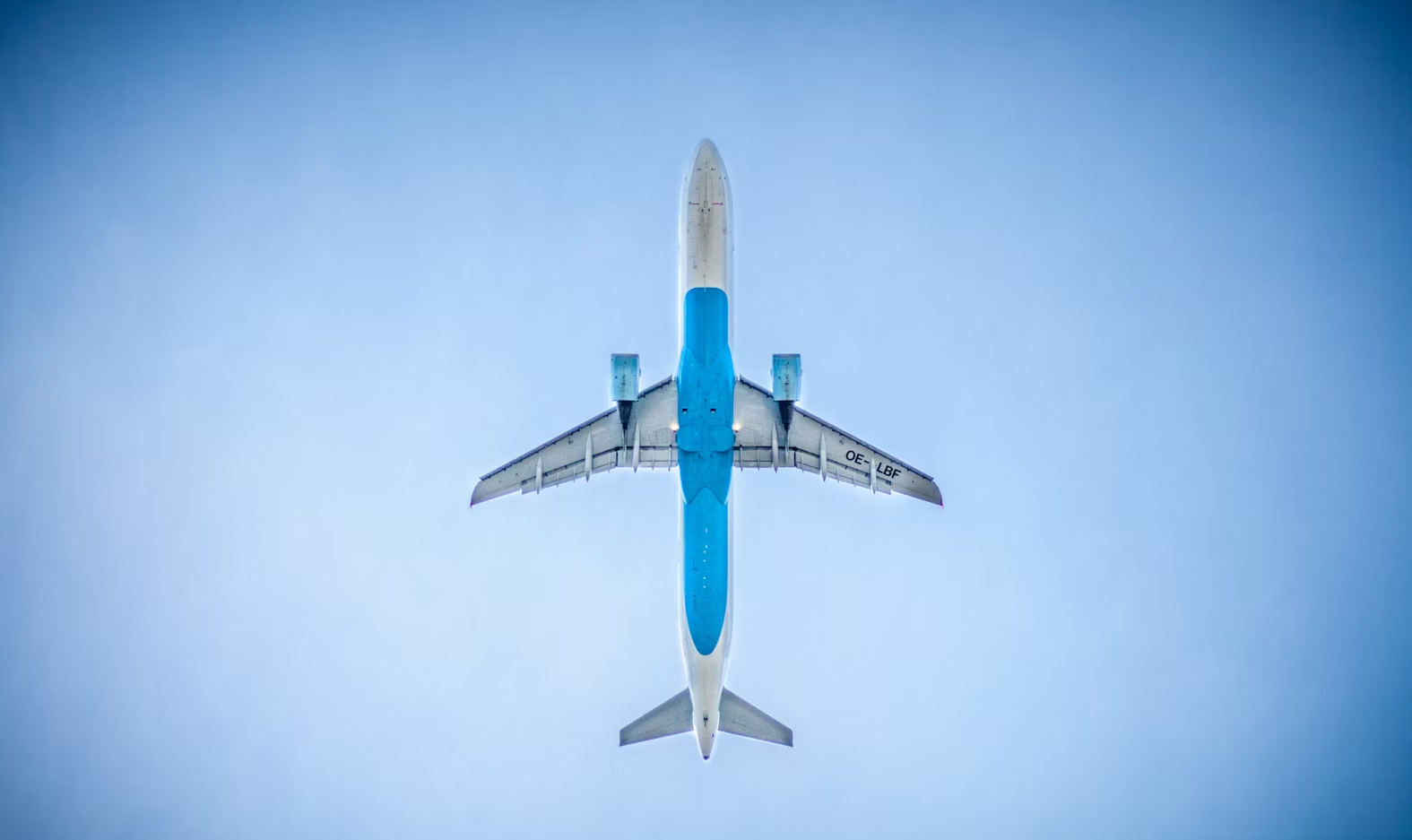PAFS in Aeronautics:
Revolutionizing Structural Elements and Flooring

Composite materials have revolutionized many industries thanks to their unique properties, and PAFS (glass-fibre reinforced polyester) or GRP (glass reinforced polyester) is one of the most remarkable. PAFS combines a matrix of thermosetting resins and glass strands, and in some applications, quartz sand is added to improve the material characteristics. The glass yarns can be randomly arranged, flattened into a mat or woven, depending on the application and manufacturing process specifications. In aeronautics, PAFS has proven its versatility and efficiency in the manufacture of structural elements and flooring.
PAFS properties that make it ideal for aeronautics
One of the main reasons why PAFS is preferred in the aviation industry is its excellent strength-to-weight ratio. PAFS is more flexible than carbon fiber and has a higher ultimate breaking point, giving it superior durability. These properties make it ideal for components that have to withstand intense mechanical stress, but also need to be as light as possible so as not to affect aircraft performance.
Production costs of PAFS are relatively low compared to other composite materials and the manufacturing process is environmentally friendly. With a lifetime of 50 – 100 years, PAFS offers a sustainable solution for the aviation industry, helping to reduce the carbon footprint and save resources in the long term.
Use of PAFS in Aircraft Structural Elements
Aircraft structural elements are essential components that ensure the integrity and safety of aircraft. These include the fuselage, wings, tail and internal cabin structure. PAFS is widely used in the manufacture of these elements due to its mechanical strength and flexibility.
Fuselage: The fuselage of an aircraft must be extremely strong to protect passengers and equipment from external pressure and aerodynamic forces. PAFS offers superior resistance to mechanical stress and vibration, ensuring structural integrity throughout flight. The lightweight material also contributes to fuel efficiency.
Wings: Wings are essential for flight, and their structural integrity is critical. PAFS is used to build the ribs and spars of wings, offering an ideal combination of flexibility and strength. This allows the wings to withstand the forces generated during flight, while ensuring minimum weight to improve aircraft performance.
Inside the cabin: Inside the cabin, PAFS is used to make various structural components, including floors and partitions. The material is prized for its ability to provide sturdy support while maintaining low weight, which contributes to passenger comfort and safety.
PAFS Flooring in Aircraft
Aircraft floors are subject to heavy traffic and need to be strong enough to support the weight of passengers and equipment without compromising safety or comfort. PAFS is an excellent choice for flooring because of its durability and strength.
Wear Resistance: PAFS is extremely hard-wearing, making it ideal for floors that have to withstand heavy traffic and frequent use. The material does not easily deteriorate under mechanical pressure and is not affected by temperature or humidity variations, ensuring a long service life.
Low Weight: The low weight of the PAFS contributes to the fuel efficiency of the aircraft. Flooring made from this material helps keep the overall weight down, which is essential for aircraft performance and reducing operational costs.
Safety and Comfort: PAFS provides a stable and safe surface for passengers, preventing slips and falls. The material can also be treated to reduce noise and vibration, contributing to the overall comfort of the ride.
Economic and Environmental Benefits of Using PAFS
In addition to the technical advantages, the use of PAFS in aeronautics brings significant economic and environmental benefits. Lower production costs compared to other composite materials make PAFS an attractive option for aircraft manufacturers. In addition, the material’s durability and long service life reduce the need for frequent replacement, saving resources and maintenance costs.
From an ecological point of view, the PAFS manufacturing process is more environmentally friendly, generating less waste and carbon emissions. The use of this material helps reduce the carbon footprint of the aviation industry, which is increasingly important in the context of global efforts to combat climate change.
Innovations and the Future of PAFS in Aeronautics
As technology continues to advance, the use of PAFS in aeronautics is expected to expand and evolve. Current research focuses on improving material properties by adding new components and optimizing manufacturing processes. The use of PAFS in combination with other composite materials is also being explored to create even more efficient and durable solutions.
Another area of interest is the recycling and reuse of PAFS. Developing efficient recycling methods could further transform the aviation industry, further reducing environmental impact and long-term costs.
Conclusion
PAFS or GRP is a revolutionary composite material that has proven its value in the aeronautics industry through its use in structural elements and flooring. Its unique properties, such as its excellent strength-to-weight ratio, durability and low production costs, make it ideal for aeronautical applications. As the industry continues to develop, PAFS is expected to play an increasingly important role in helping to make aircraft more efficient, safer and cleaner.
